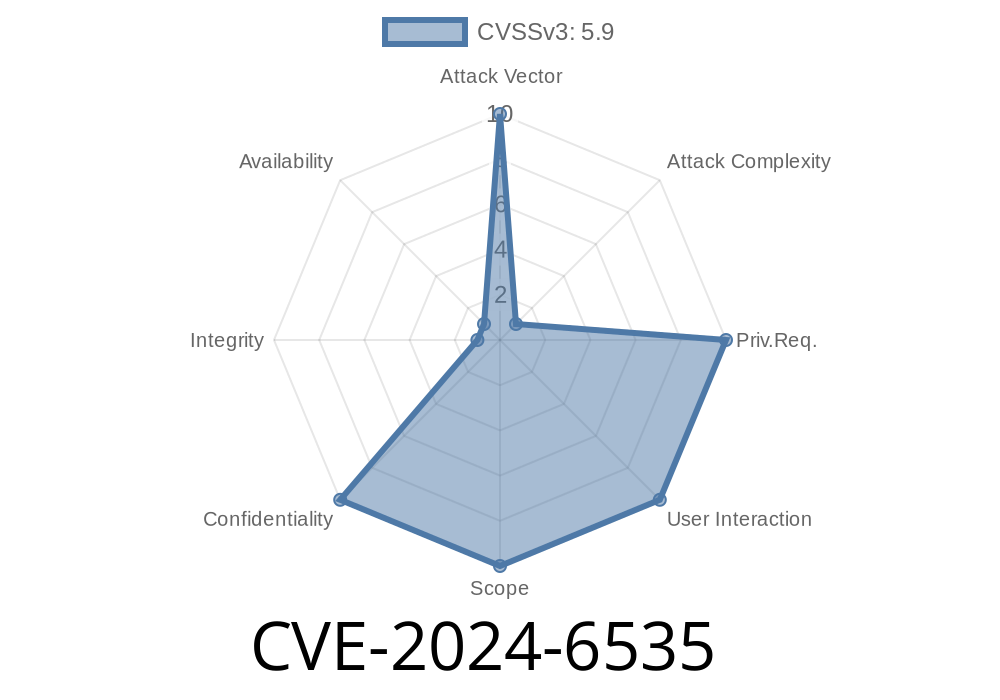A newly discovered vulnerability, identified as CVE-2024-6535, affects Skupper, a popular service-networking solution that delivers secure communication capabilities at the application layer. This vulnerability may allow an attacker to bypass authentication to access the Skupper console, which in turn opens ample possibilities for further malicious activities. In this article, we will discuss the flaw details, it's potential impact and suggest remediating steps to address the issue effectively.
Vulnerability Details
The vulnerability lies in how Skupper initializes itself with console-enabled and console-auth set to Openshift. In this configuration, Skupper uses the Openshift OAuth proxy with a static cookie-secret. An attacker with knowledge of this static cookie-secret can craft a cookie that effectively bypasses the authentication mechanism, granting them unauthorized access to the Skupper console.
Here is a code snippet where the vulnerability emerges when the console is enabled and the authentication is set to Openshift:
if enableConsole && consoleAuthMode == "openshift" {
// Initialize OAuth proxy with static cookie-secret
cookieSecret, err := util.CreateCookieSecret()
if err != nil {
// ...
}
// Set up OAuth proxy
proxyDeployment, err := kube.NewDeployment(console.OauthProxyDeploymentName, namespace, map[string]string{
"app": "skupper",
// ...
}, int32(1))
// ...
}
This vulnerability has severe consequences as it may lead to unauthorized access, data leaks, and unauthorized activities in the Skupper console and connected resources.
Original References
- CVE-2024-6535 - External link to CVE database containing a brief summary of the vulnerability
- Skupper Project - The official GitHub repository of the Skupper project
- Openshift OAuth Proxy - Official GitHub repository of the Openshift OAuth proxy
- Skupper Console-auth documentation - Detailed documentation about Skupper authentication modes, including console-auth
Use this specially-crafted cookie to bypass authentication and access the Skupper console
4. Perform malicious activities such as modifying configurations, stealing sensitive data or disrupting the service network
Disable the Skupper console if it is not strictly required
3. Implement an additional layer of authentication or network segmentation to limit access to the Skupper console
Regularly monitor for suspicious activity, both in the console and in the underlying network traffic
In conclusion, CVE-2024-6535 is a critical vulnerability in Skupper due to the potential for unauthorized access to the console/interface. To best defend against this security risk, it is important to keep software updated and follow security best practices, including proper authentication implementation and network segmentation.
Timeline
Published on: 07/17/2024 03:15:01 UTC
Last modified on: 08/20/2024 19:14:29 UTC
